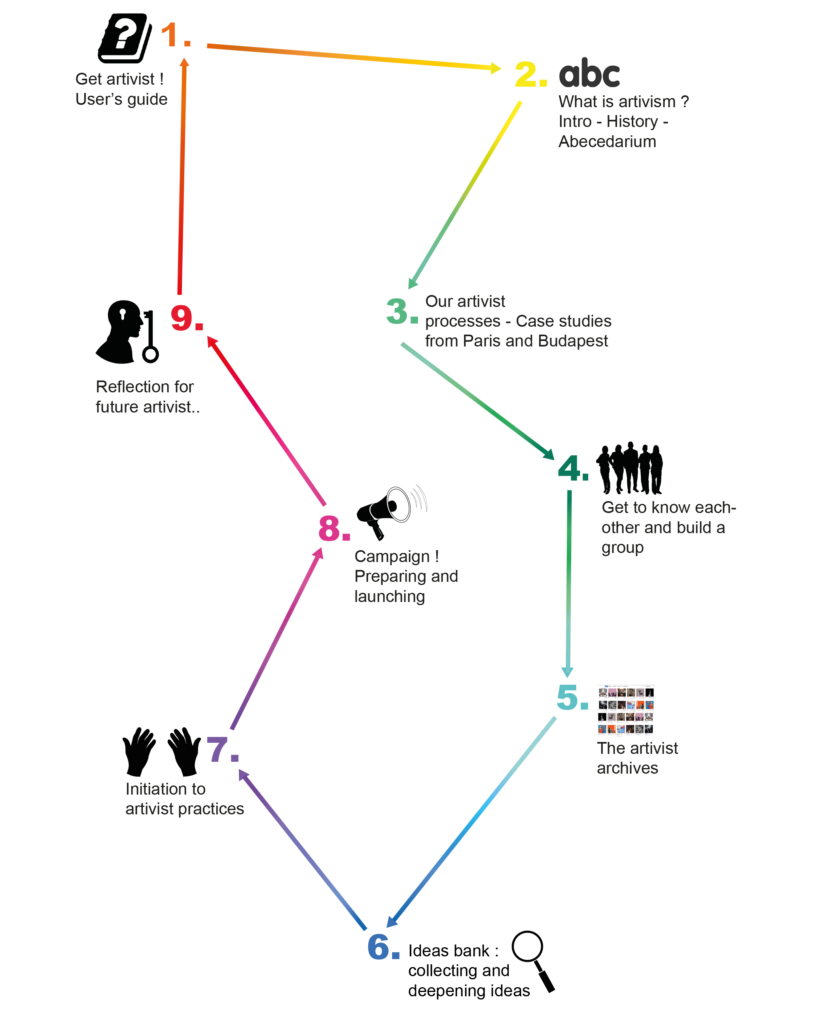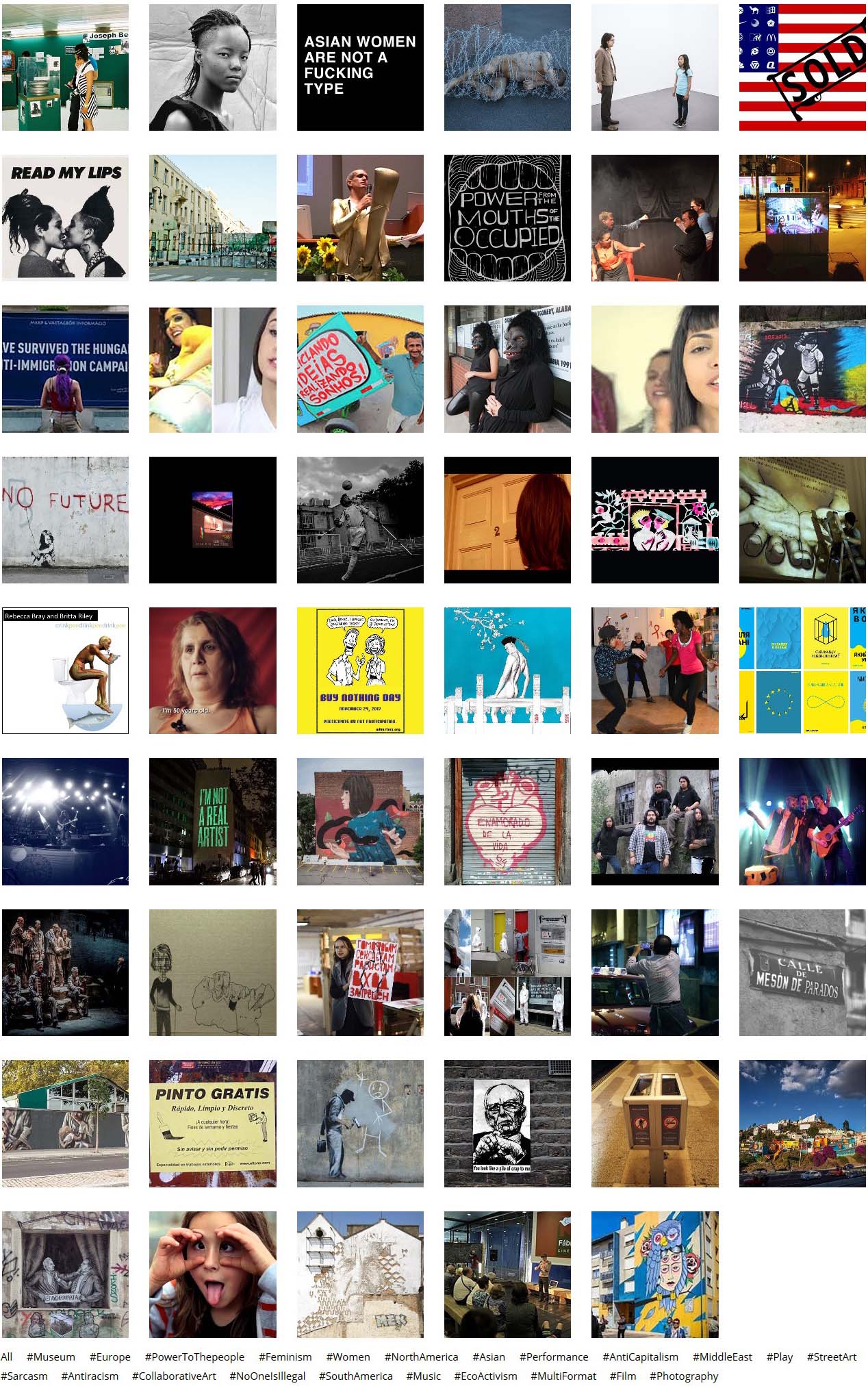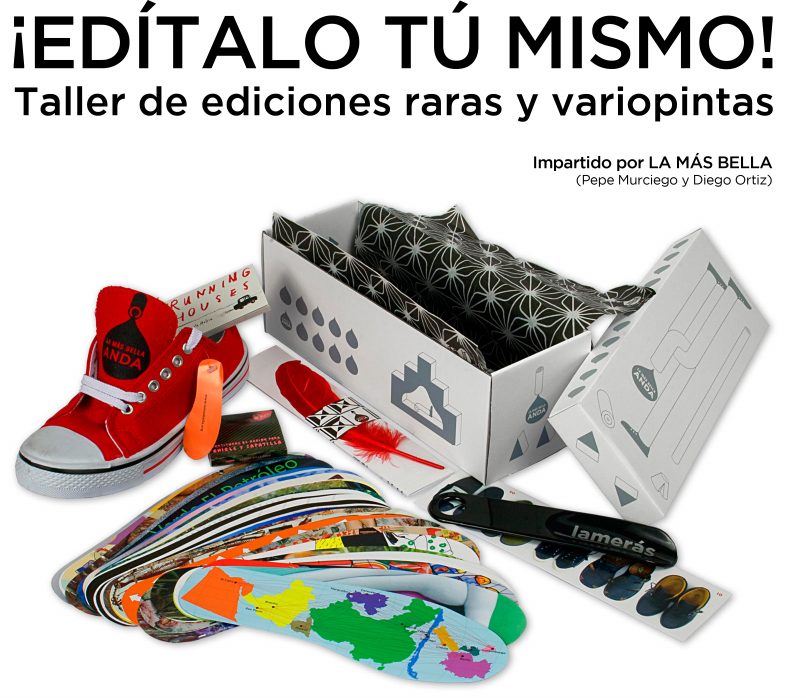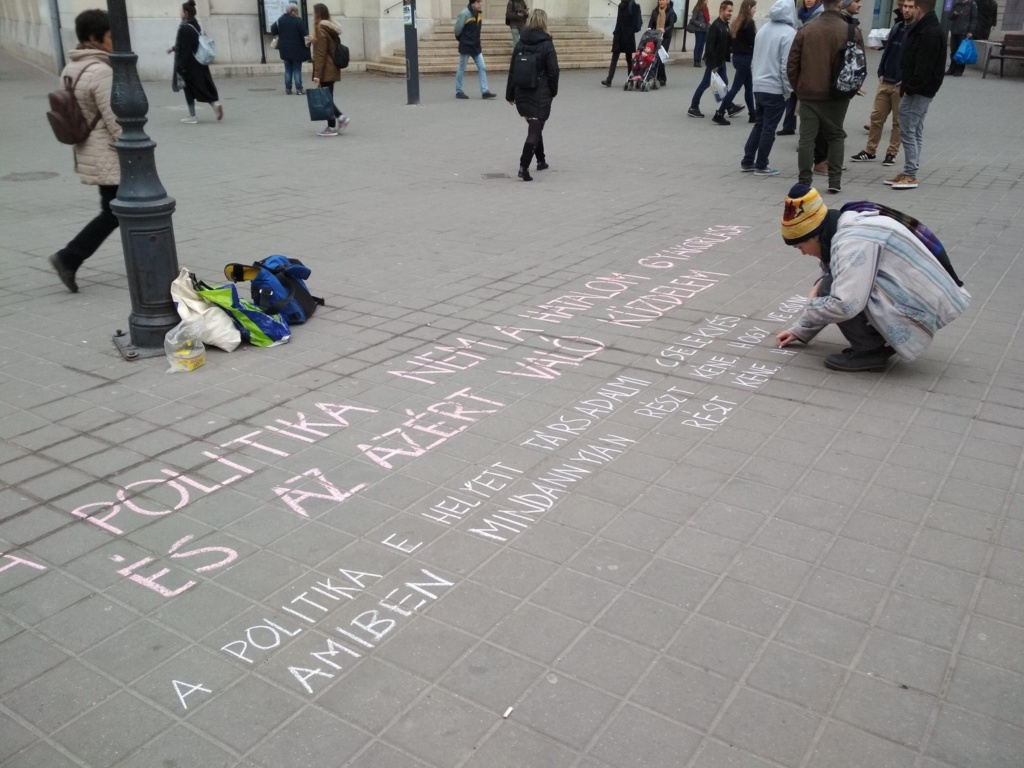One of the motivations of the Artivism project was to create training a toolkit that could serve as support or inspiration for youth workers (professional or volunteers) or young artists who wish to engage in artivist work processes with other youngsters. We don’t think our logic to approach an artivist process is the only possible one, but this is the one we tried and that we are happy to share with you. We invite you to take all these chapters as a dialogue: not as manifestations of a non questionable doctrine, rather as a party in a conversation who can inspire your own questions and reflections. You can go through this process alone or even better, together with the little group of people. We experienced artivism as a collaborative process, based on discussions, negociations and co-creation, so we invite you to try the same.
TO EXPLORE Workshop outline for 7 hours (short initiation) – Workshop outline for 30 hours (trainers’ training)
TO THINK How could you most benefit from an “artivist training”? Alone our in collective – together with colleagues or a group of young people you’d like to work with?
TO READ The ARTVISM User guide is now available in English , French , Spanish and Hungarian
Alone or in a collective, here is the learning path we propose:





















